Volkswagen marks the 50th anniversary of its hugely popular Passat with the unveiling of the slick new ninth-generation model, which provides a combustion alternative to the similarly sized ID 7 EV.
Set for UK sale before the end of the year, it will be sold exclusively in estate form with a choice of updated four-cylinder petrol and diesel engines, together with new plug-in hybrid drivetrains - the latter offering an electric range of more than 62 miles thanks to a larger-capacity battery.
Twinned with the upcoming third-generation Skoda Superb – alongside which it will be built in Slovenia – the new Passat is the first in a series of new Volkswagen models to be based on an updated version of the MQB Evo architecture.
The revised platform, also used by the upcoming third-generation Volkswagen Tiguan, has received a series of significant upgrades, including a stiffer rear axle carrier that is claimed to improve rolling refinement and control.
It has also been designed around the need to accommodate an electrified drivetrain, meaning the Passat gets significantly more advanced connectivity and chassis functions than its predecessor.
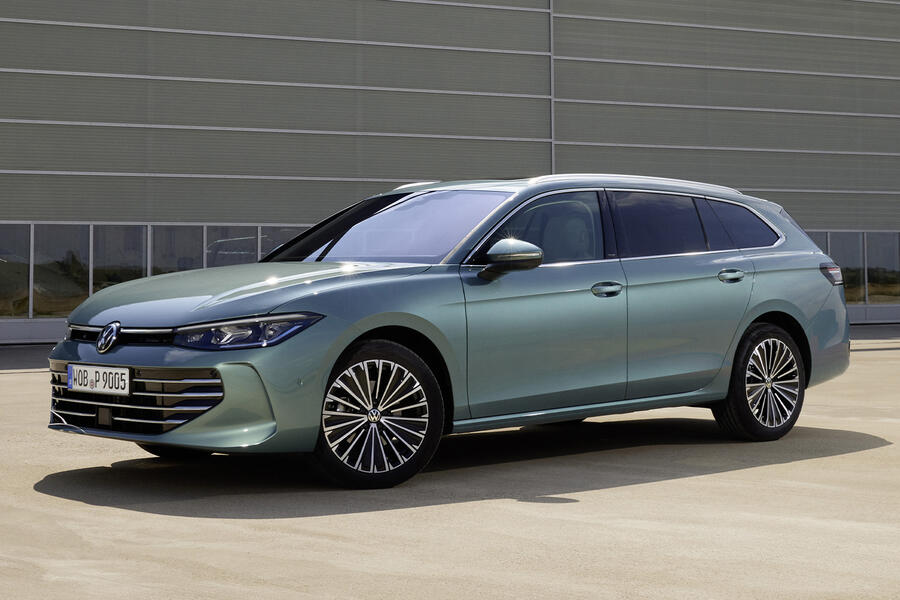
The Passat retains MacPherson-strut front and multi-link rear suspension, but it has been heavily reworked with new two-valve dampers and Volkswagen's new Vehicle Dynamics Manager (VDM) system in a move that, Volkswagen claims, brings added comfort and a greater breadth of driving characteristics between the various driving modes.
VDM allows wheel-specific braking interventions by the electronic stability control, as well as wheel selective adjustment of the dampers. Buyers can also specify an optional Dynamic Chassis Control Pro system, which brings further adaptive damping properties.
The new Passat has also grown considerably. Length is up by 144mm at 4917mm and width by 20mm at 1852mm, while height is reduced by 10mm at 1506mm. Crucially, though, the wheelbase is 50mm longer than before, at 2841mm.


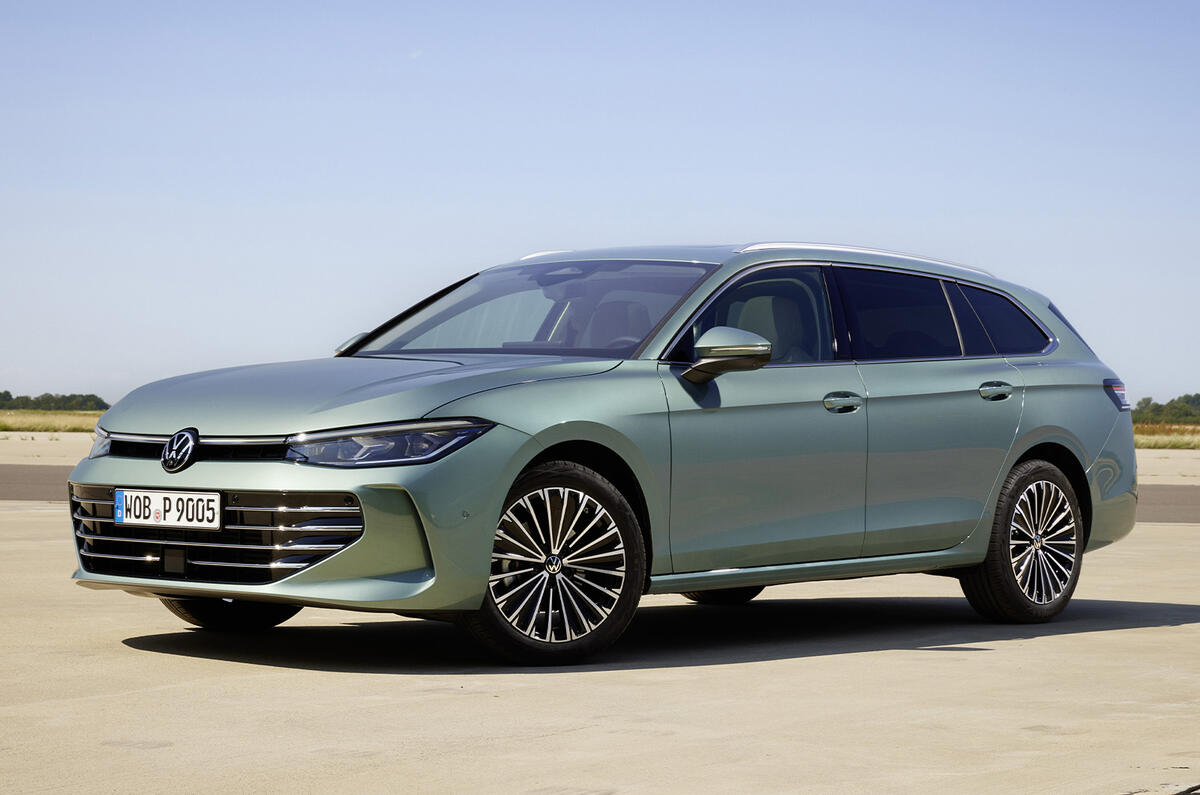








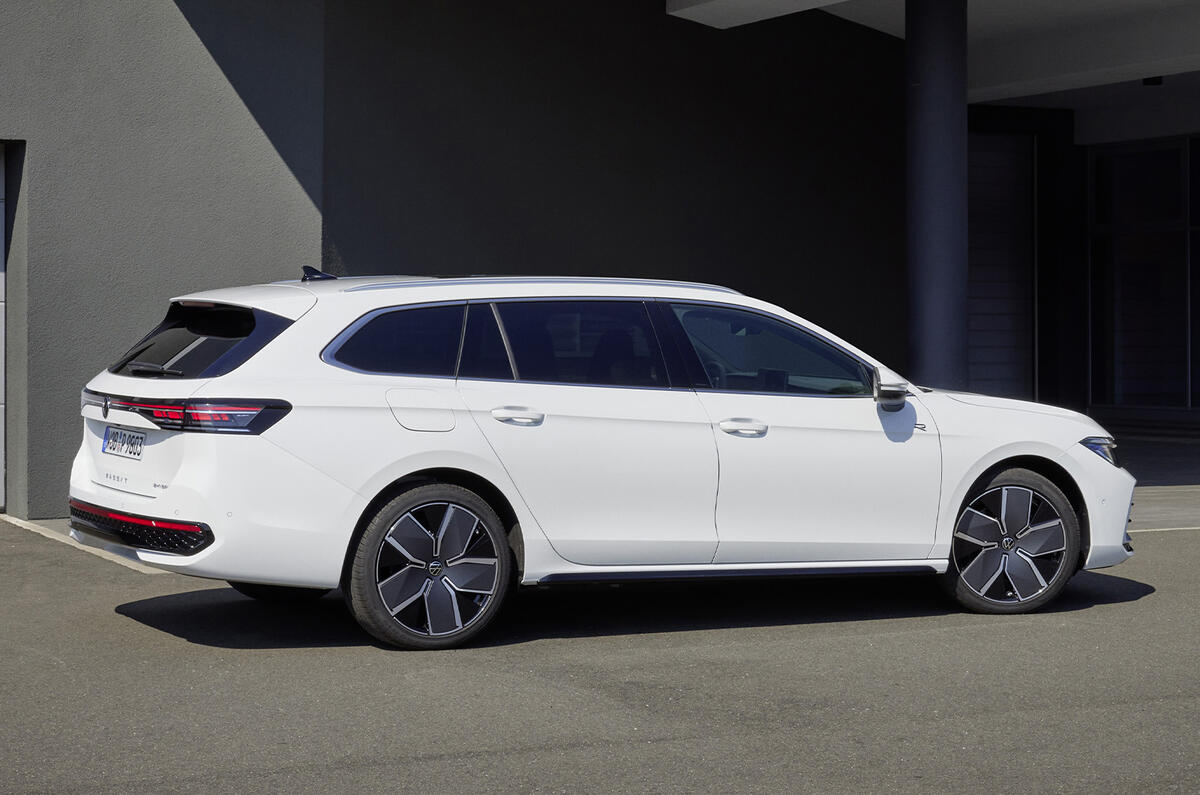




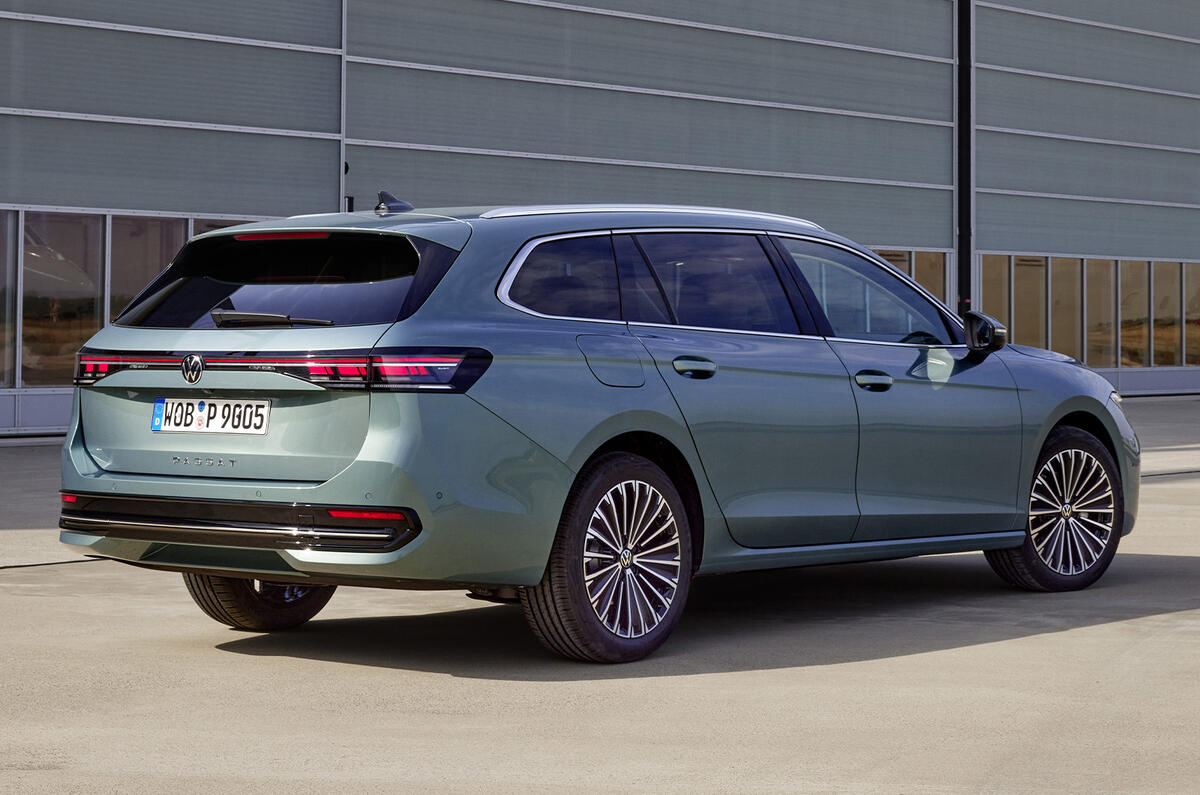



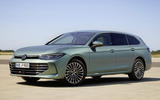


















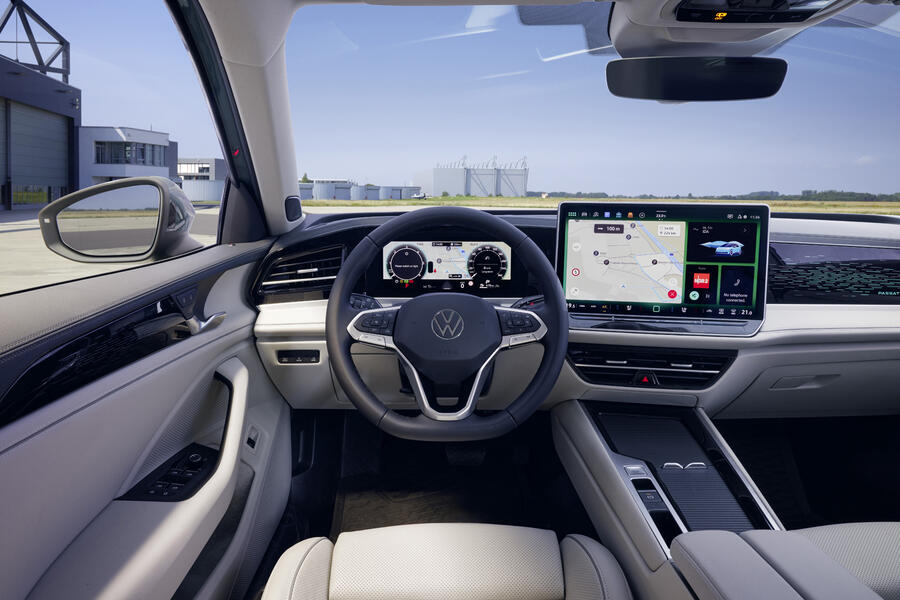
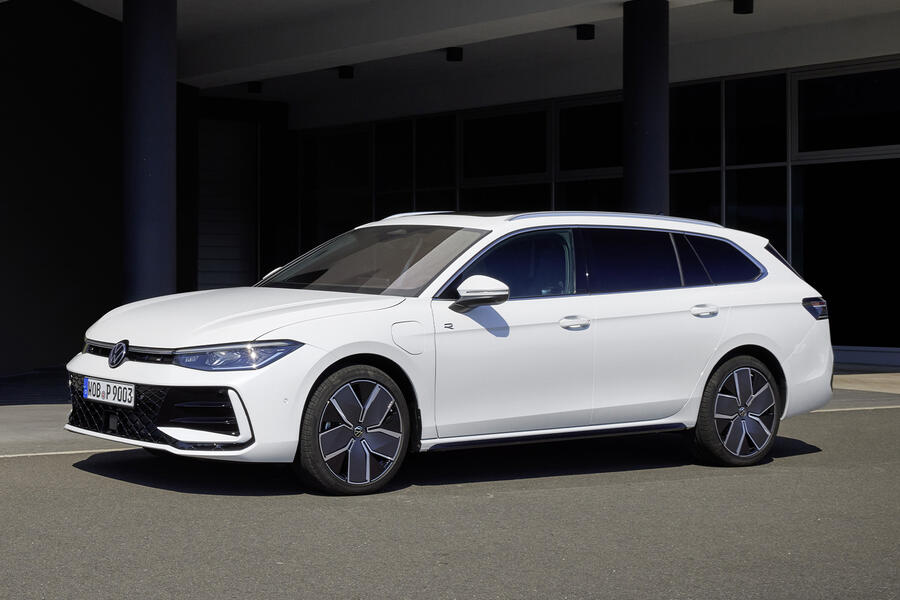
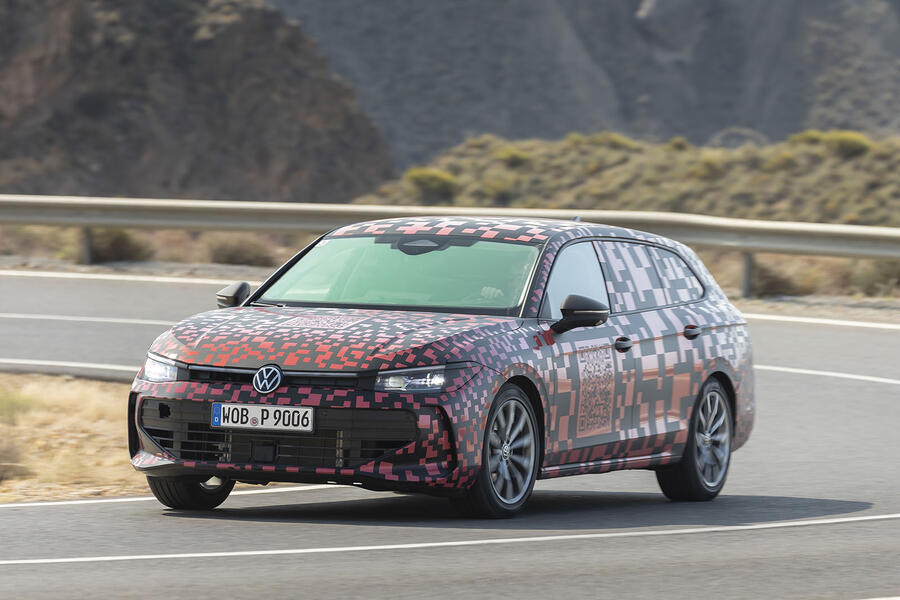
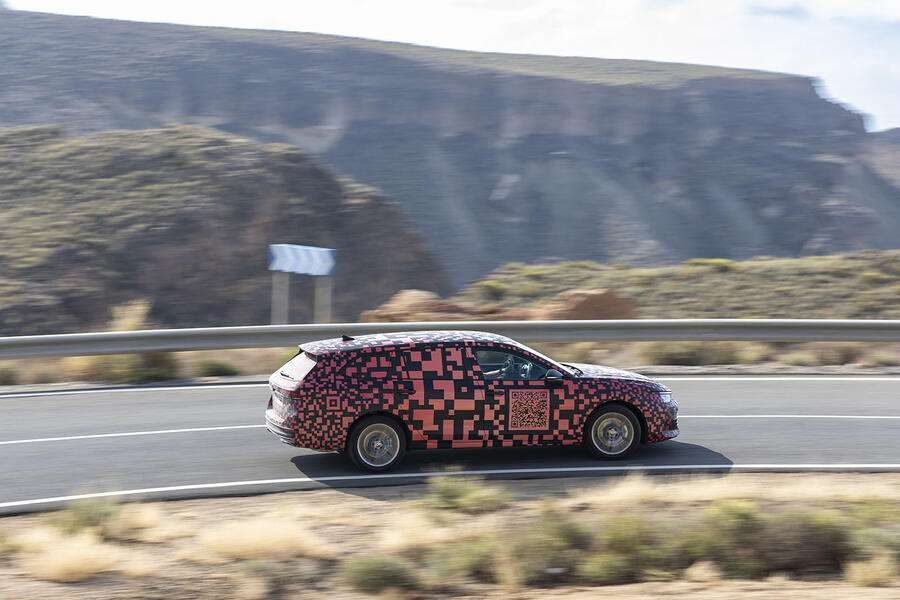 To get under way, you hit the start button within the centre console and twist the end of the gear controller to the ‘D’ position.
To get under way, you hit the start button within the centre console and twist the end of the gear controller to the ‘D’ position. 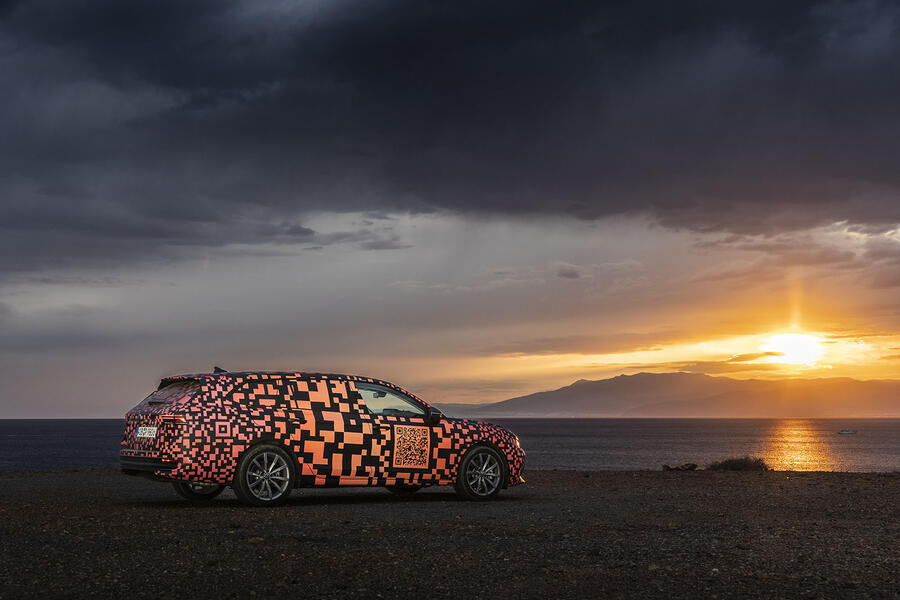


Join the debate
Add your comment
Jesus Christ! What a beautiful mouse pad!
Glad to see a a new estate on the market as an alternative to the sea of me-too SUVs and crossovers, but it's as dull as dishwater.
So it's longer and wider therefore even harder to park in a European car park/street !! Well done VW, well done.....